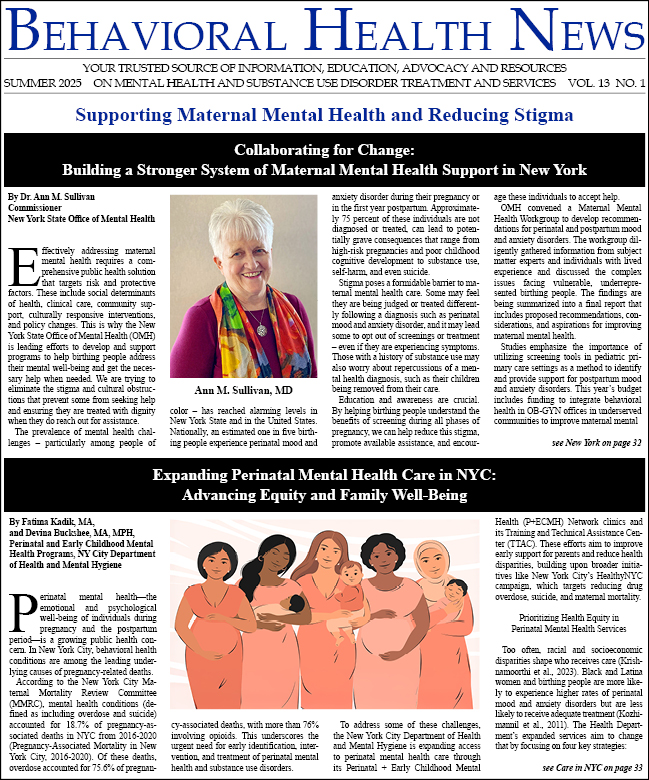Speaking before the Greater New York Hospital Association, Governor Paterson said the only way to solve the multi-billion dollar budget crisis was by “—working collaboratively—whether we run the hospital, work in the hospital or have been hospitalized.”
While the Government could freeze hiring, the unions could delay their raises and pharmaceuticals could cut profits. What could consumers do to be more productive?
Many years ago at the Center for Career Freedom’s weekly community meetings, we saw a potential for channeling our consumer’s anger, frustration, and chronic complaining into a think-tank which focused on practical ways of solving their problems. The goal was to develop actionable, street-smart solutions that bring closure to the critical issues of accessing Government services such as obtaining quality health care, finding safe and affordable housing, find decent jobs, and more.
Over time, we developed a Consumer Solution Team consisting of a group leader, internet researcher, and graphic artist. The process begins with compiling problems generated through focus groups, which are then quantified using opinion surveys to identify those issues that are most important to most consumers, most of the time. Solution-concepts are then developed and field tested (few ideas survive this gauntlet to become a prototype for field testing). Following the field test, the prototypes are further refined, re-verified and then produced and distributed to consumers, government, and community agencies via postal mail and email on a pro bono basis.
We have found that most of our consumer’s questions can be answered by surfing government and community agency data bases on the internet. Other issues require us to track down and interview a variety of government regulation experts. These Consumer Solution Teams have developed a series of visual tools that comprise our “Case Manager’s Toolkit.” Three of our latest tools are highlighted below. Others can be found on our website: www.economcisofrecovery.org. The tools are easily adapted to other counties and populations.
Where to Find Decent Affordable Housing
People with disabilities and the Homeless are often trapped for years in substandard housing at enormous expense to themselves and taxpayers. While consumer surveys usually rank “Housing” as one of the most citied needs, few consumers know their options and how to access them. The “Case Manager’s Housing Guide” was developed to meet this need.
The “Guide” enables Case Managers to refer consumers to up to eight housing options here in Westchester County, New York. It summarizes the essentials: eligibility criteria, key services, monthly rent, average wait time, and where to apply. Required documentation, earned income caps, and a summary of Government benefits is included on the reverse side.
This information was gathered from government and community housing websites and then reviewed by the respective agencies in the summer of 2008. Annual updates are planned to reflect the usual 2% – 3% cost of living allowances (COLA) for HUD’s rent subsidiaries, SSI, SSDI, and Food Stamps.
Our field tests found that use of the “Guide” significantly reduced housing placement times and promoted stabilization in the community.
Keeping Track of Your Prescriptions
The “Prescription Record” wallet card provides accurate, vital medical data for health care professionals at intake or in an emergency. Information on medications and dosages, medical alerts, emergency contacts and government benefits are then readily available when needed.
Craigslist.org: Where the Jobs Are
For years, and with limited success, the Center spent hundreds of hours and dollars ferreting out part-time jobs for students who graduated from our in-house “Microsoft Office Training Certification Program.” Like other vocational programs, we regularly scanned our area’s Journal News newspaper’s classified section, The Penny Saver, and monster.com, etc. We even conducted cold call outreach campaigns using the yellow pages (we focus on part-time jobs because most of our students are on SSI/SSDI disability which limits how much they can earn).
We were frustrated by our poor success and lack of productivity and decided to conduct a study in hopes of finding a more efficient way of locating these elusive part-time jobs.
We collected, tabulated and charted a week’s worth of Journal News classifieds, all versions of the weekly Penny Saver, and seven days of craigslist.com job listings for Westchester County. The print ads were then crosschecked against their respective websites and all three lists were reviewed to remove duplicates, expired ads, out-of-county ads, and obvious advertisements.
We were amazed at what we learned; the www.craigslist.org site contained over eight-hundred jobs, four-hundred fifty part-time – ten times more than the Journal News or Penny Saver, (the “Where to Find Jobs” chart below explain the data). Also, job seekers can post their resumes online, free, for thirty days.
Visual Tools
These deceptively simple, inexpensive visual tools can reduce the Case Manager’s wasted motion and service response time by liberating information that has too long been imprisoned in binders, reports, and data bases. In business and Government, visual tools have been found to significantly increase employee productivity and transform dysfunctional work cultures by uncovering and sharing critical information that would otherwise be hoarded by managers, protected by workers, or that simply gets lost in the intake and referral process.
There are thousands of consumers in New York State that are willing and able to help “fix our broken system” by helping to create and utilize effective visual tools. Please support them so they may do their part to help close the budget gap.
For hard copies of these tools, please call Joanne: 914-288-9763. For an email version, email: joanne_casa@yahoo.com.





